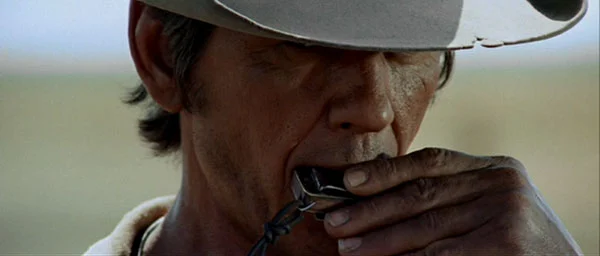‘Blonde’ — Frank Ocean’s sonic world
February 6, 2023
In 2016, after a four-year hiatus, one of music’s most elusive artists, Frank Ocean, returned to the music scene to make his biggest statement yet, Blonde. In one hour, over the course of 17 tracks, Ocean gives you a peek into his life. He reflects on past relationships, feelings of solitude, pressure from society, gender, sexuality, and much more. It truly feels like one big snapshot of someone’s life.
Ocean tells his stories and divulges his thoughts in a way that is both personal and relatable at the same time. He gets his thoughts across in a variety of ways, from skits like Facebook Story and Be Yourself, to blunt and literal lyricism like on Ivy, to vivid imagery, symbols, and allusions like on Siegfried. Still, through all of its changes and phases, the album maintains a strong and consistent flow.
Where the album really shines, though, is through its production and instrumentals. Blonde builds a soundscape like no other album, with a large emphasis on minimalism. Instrumentals remain quiet and laid back for most of the album’s runtime, giving a lot of room for Ocean’s voice and words as well as those of the album’s features. It puts you face to face with Ocean and what he’s saying. Ocean is exposed; he isn’t hiding behind glossy synths or booming drums like many other artists do. This is especially true on tracks like “White Ferrari” and “Futura Free.” It can be almost uncomfortable at first, the nakedness of the art, but once you sit with the music, relax, and allow yourself to get lost in Ocean’s sonic world, it becomes the album’s best feature. There’s nothing between you and the art.
On first listen, it’s easy to lose focus of the instrumentals, though. They’re there as a backdrop for Ocean’s voice and lyricism and as a result, don’t take up much room in the mix for a lot of the tracks. But listen to the instrumentals closely and you will discover they are the most detailed part of the album. Quiet ear candy, clever panning, and unique ideas are hidden all throughout, but they aren’t there just to be there, every little detail feels intentional and enhancing. Listen carefully, and a whole new side of the album is revealed.
The care and detail don’t stop at the production, though. Frank Ocean gingerly places features through the album to build unique and diverse experiences on each track. Some features are slight, like Yung Lean chiming in on the second chorus of “Self Control”, or Beyonce singing background vocals at the end of “Pink + White.” Others are more central, like Andre 3000’s rapping over the whole of “Solo (Reprise).” No matter how slight or central each feature is, they all play their own role in building, diversifying, and balancing Blonde’s soundscape.
While the album’s unique approach can be a shock to the ears at first, Blonde is one of the most enjoyable, creative, and forward- thinking pieces of music to be released in the past two decades. Ocean creates a sonic universe one can easily get lost in, and he doesn’t have to be loud to do it.
A 5 out of 5 album.










